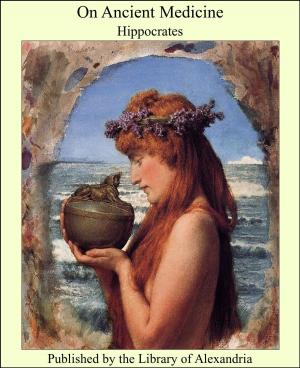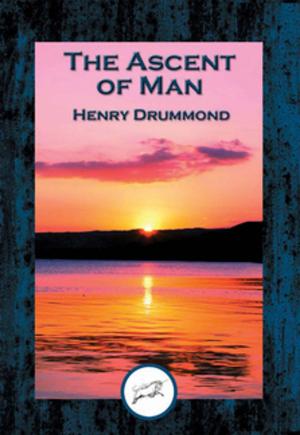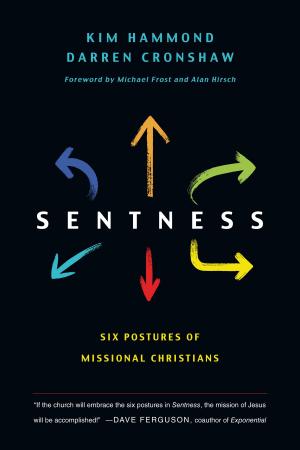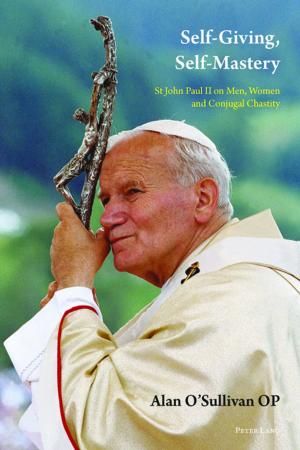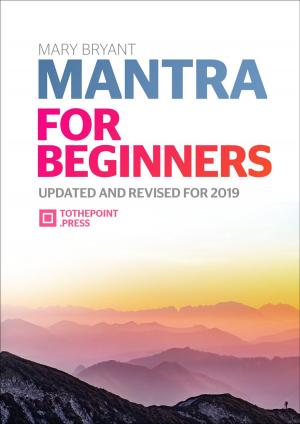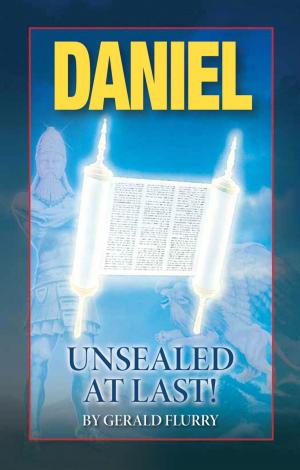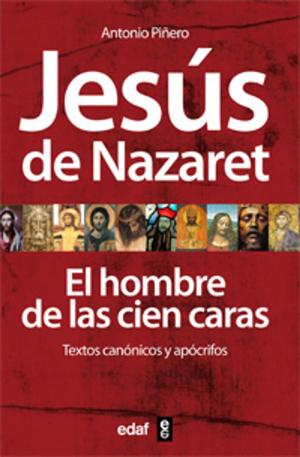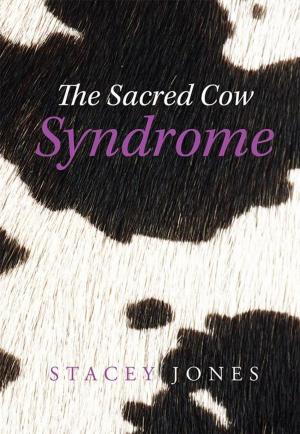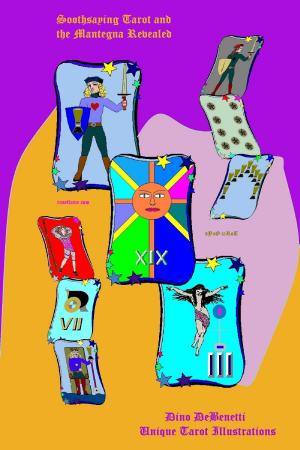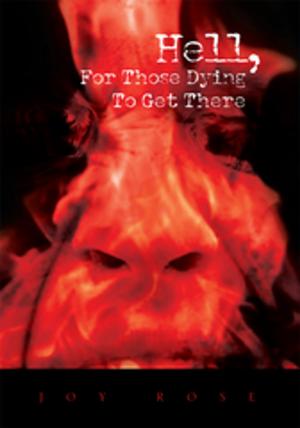Teachings From Mother Earth
Book 1 - Think Inside the Circle
Nonfiction, History, Americas, Native American, Religion & Spirituality, Inspiration & Meditation, Spirituality| Author: | Judith C. Stern | ISBN: | 9781626524903 |
| Publisher: | P.J. Penguin Publishing | Publication: | October 25, 2013 |
| Imprint: | Language: | English |
| Author: | Judith C. Stern |
| ISBN: | 9781626524903 |
| Publisher: | P.J. Penguin Publishing |
| Publication: | October 25, 2013 |
| Imprint: | |
| Language: | English |
August 1969. Judys mother-in-law is killed by a priest in a car accident during a visit to Fort Ridgely, Minnesota, where in 1862, Dakota Indians had been jailed before being publicly hung in Mankato. Judy has a powerful dream. The deceased woman bears a mysterious Indian message. A homemaker and mother of four, Judy uproots the family for a two-year sojourn when her husband is accepted into EdD Studies at UND in North Dakota, where they visit Indian schools. Her life changes radically. She begins her degree in American Indian Studies and Applied Arts. She joins American Indian causes, leaves her church and abusive husband, and embraces a life-long quest to immerse herself in one big question: Why did Euro-Americans have a different attitude toward nature than indigenous people? A string of uncommon adventures reveal conclusions relevant for us today. Her Ojibwe mentor tells her, “This is what you MUST teach them.”
August 1969. Judys mother-in-law is killed by a priest in a car accident during a visit to Fort Ridgely, Minnesota, where in 1862, Dakota Indians had been jailed before being publicly hung in Mankato. Judy has a powerful dream. The deceased woman bears a mysterious Indian message. A homemaker and mother of four, Judy uproots the family for a two-year sojourn when her husband is accepted into EdD Studies at UND in North Dakota, where they visit Indian schools. Her life changes radically. She begins her degree in American Indian Studies and Applied Arts. She joins American Indian causes, leaves her church and abusive husband, and embraces a life-long quest to immerse herself in one big question: Why did Euro-Americans have a different attitude toward nature than indigenous people? A string of uncommon adventures reveal conclusions relevant for us today. Her Ojibwe mentor tells her, “This is what you MUST teach them.”

